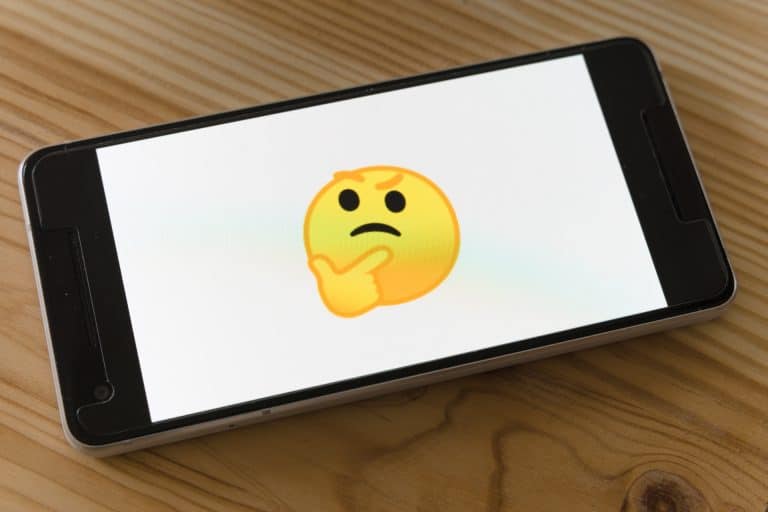The Emergence of Digital Tipping Culture
A Growing Trend: The Digital Tipping Culture
Just a few years ago, tipping was primarily associated with dining out in restaurants or receiving personal services, such as haircuts or taxi rides. Today, however, a rapidly evolving culture of tipping is causing significant changes for both consumers and service workers. This shift is being propelled by digital technology and the changing norms of the service industry.
Imagine you’re grabbing your morning coffee or a quick lunch. You make your order, swipe your credit card or pay with your phone, and suddenly, you’re faced with a screen suggesting tip amounts. The worker who just served you stands waiting for your decision, and perhaps other customers are impatiently queueing behind you. The responsibility of deciding how much to tip, if at all, falls squarely on your shoulders, leaving you with just seconds to make the decision. This is the new tipping culture taking hold across America.
While we are accustomed to tipping waitstaff or bartenders, the prospect of tipping a barista or a cashier might seem foreign. However, technological changes have allowed business owners to shift their compensation costs onto customers more seamlessly, creating a seismic shift in the tipping landscape. As such, consumers and workers alike are grappling with these new tipping norms.
Uncertainty in the Face of Change
The surge of digital tip jars creates an unfamiliar experience for many. Michael Lynn, a professor of consumer behavior and marketing at Cornell University, admits, “I don’t know how much you’re supposed to tip, and I study this.” The confusion stems from the newness of the trend, coupled with the ambiguous rules that govern it.
The COVID-19 pandemic added to the tipping upheaval by urging customers to tip generously, to help keep businesses afloat. According to data from Square, tips for full-service restaurants and quick-service restaurants have seen a significant increase during the pandemic.
Despite these altruistic intentions, the introduction of digital tipping screens at point-of-sale systems has added a layer of pressure to the tipping process. Consumers are often overwhelmed and uncertain about how much to tip, where to tip, and even whether to tip at all. As such, tipping has become an emotionally fraught decision for many.
The Spectrum of Attitudes Towards Tipping
Tipping in these new settings triggers a wide array of responses. Some consumers tip consistently, while others feel guilty if they do not or embarrassed if they believe their tip is insufficient. A segment of customers dismiss the idea of tipping altogether, arguing that prices for products and services are already high enough.
Lizzie Post, co-president of the Emily Post Institute, points out, “The American public feels like tipping is out of control because they’re experiencing it in places they’re not used to.” The unexpected instances of tipping can cause discomfort and even resentment, making consumers less generous and more uncertain.
Businesses such as Starbucks have introduced the option for customers to tip using credit or debit cards. This has led to mixed feelings from both customers and workers. While some customers see tipping as a gesture of appreciation for customized and well-executed service, others do not feel the need to tip for standard orders.
The Evolution of Tipping in America
The history of tipping in the United States is marred by controversy. Its roots trace back to the aftermath of the Civil War, when tipping was used as a mechanism to suppress wages for newly freed slaves in service occupations.
Opponents of tipping argued that it created a power imbalance between customers and workers. In response, some states passed laws in the early 1900s to ban the practice. However, with the introduction of the 1938 Fair Labor Standards Act, the federal minimum wage exempted restaurant and hospitality workers, which allowed the tipping system to flourish in these sectors.
In 1966, a “subminimum” wage for tipped workers was established, currently standing at $2.13 per hour, which is significantly lower than the federal minimum wage of $7.25. While employers are legally obliged to make up the difference if a worker’s tips do not reach the federal minimum, wage violations are common in the service industry.
Today, any employee who receives more than $30 a month in tips is classified as a tipped worker, with experts estimating the number of tipped workers in the United States to be more than five million.
The Changing Norms of Tipping
The tipping norms vary greatly across industries, and the correlation between the quality of service and the tip amount is surprisingly weak, according to Lynn from Cornell. He believes that a 15% to 20% tip at restaurants became standard due to a cycle of competition among customers, who tip to gain social approval or to ensure better future service.
The rise of the gig economy has further complicated tipping norms. Studies have found that customers are less likely to tip when workers have autonomy over their working hours, and many Uber customers rarely tip.
When it comes to places where workers earn an hourly wage, etiquette experts recommend that customers should use their discretion. Tipping can supplement the income of these workers, but it’s okay to decline the option. In situations where customers are unsure about how much to tip, asking the worker or the business for a suggested tip amount can help.
Saru Jayaraman, president of One Fair Wage, encourages tipping but believes it should not replace fair wages. “We’ve got to tip, but it’s got to be combined with telling employers that tips have to be on top, not instead of, a full minimum wage,” she argues.
The Impact of Digital Tipping Culture on the Economy
The rise of digital tipping culture is not just a social phenomenon; it has economic implications as well. The practice directly impacts the incomes of service workers and influences customer behavior and spending habits.
The expansion of the tipping culture into new industries such as coffee shops and fast-food outlets signifies a shift in labor compensation models. Businesses are increasingly passing on the responsibility of compensating workers to the customers, sparking discussions on the fairness and sustainability of such practices.
On the other hand, digital tipping tools have democratized the process of tipping, extending it beyond traditional service sectors. The digitization of tips has made the process more transparent and accountable, reducing the chances of tip theft and enabling workers to receive their fair share.
However, the shift towards a ubiquitous tipping culture also raises concerns. It places the onus on customers to supplement workers’ wages and can potentially absolve employers from paying fair wages. This raises ethical questions about the role of businesses in worker compensation and the role of customers in funding these wages.
While tipping can enhance the income of workers, it also introduces income instability, as tips can vary widely based on factors outside of workers’ control. This uncertainty can contribute to financial stress and lower job satisfaction among service workers.
Furthermore, the push towards digital tipping may disproportionately impact low-income consumers, who may feel the pressure to tip but struggle to afford the added cost. This can create barriers to accessing services, contributing to economic inequality.
The emerging digital tipping culture has significant economic impacts.
As this trend continues to evolve, it’s crucial for businesses, workers, and consumers alike to navigate these changes carefully, fostering a culture that supports fair compensation and a positive service experience.
As we continue to face the economic implications of this new tipping culture, perhaps the conversation needs to shift from “how much to tip” to “how we can ensure fair wages for all workers.”
We must also recognize the power of collective action in influencing wage practices and tipping norms, and utilize this power to advocate for fair labor practices in all sectors of our economy. As consumers, our tipping habits can send a powerful message to businesses about the kind of labor practices we support.
Ultimately, the goal should be to create a fair and equitable service industry, where workers are adequately compensated for their labor, and customers can enjoy services without feeling the pressure of compensating workers on behalf of the businesses.
This new digital tipping culture is not simply a trend; it’s a signal of changing labor practices and consumer habits. By understanding these changes, we can make more informed decisions and contribute to a more equitable service industry.






